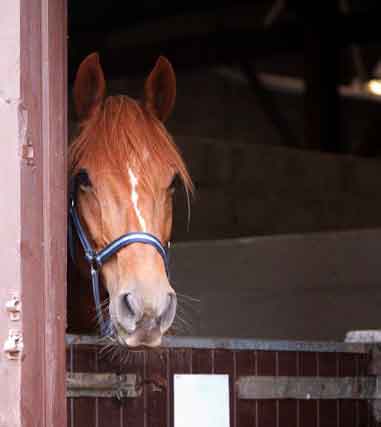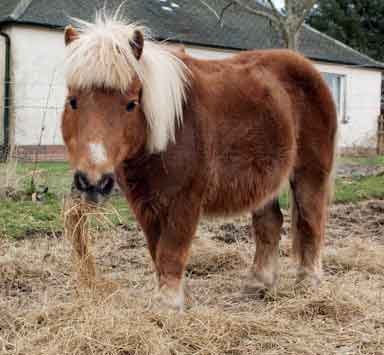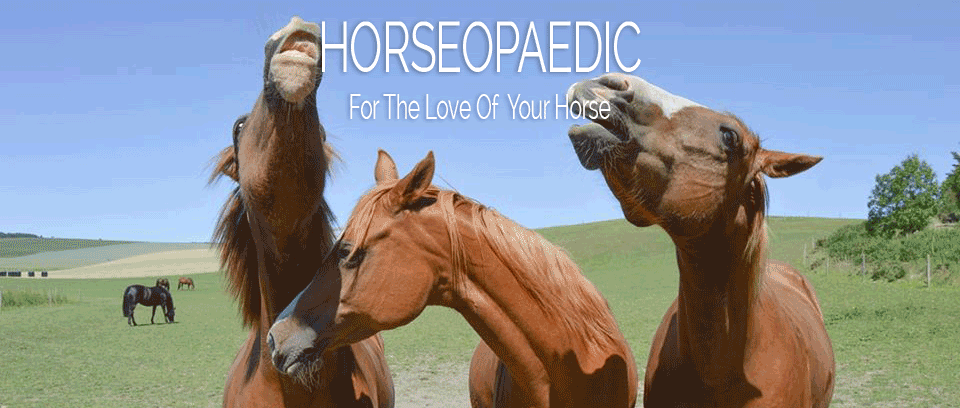
Laminitis is a agonizing and possibly crippling illness that can be deadly to horses. A horse might need to be humanely euthanised if the effects of the illness have actually ended up being so significant that it is inhumane to attempt more treatment.
Understanding laminitis
The hoof wall is made up of an interlinked external insensitive layer (horn) supported by a hidden inner soft layer (laminae). In laminitis, the blood circulation to the laminae is affected, resulting in inflammation and swelling in the tissues within the hoof, and serious discomfort.
In serious cases of laminitis the pedal bone can sink and rotate due to the failure of the destroyed laminae to support it and from the pull of the deep digital flexor tendon. If the pedal bone sinks too far it can be seen to extend from the sole of the foot.
Laminitis can affect any of the feet, however is more typically seen in the front feet. Any horse or pony can get laminitis.
Causes of Laminitis
A variety of different things can cause laminitis or predispose a horse to getting the condition. Animals that are overweight or have suffered previously from laminitis are especially vulnerable.
High consumption of soluble carbs (sugars and starch).
When an excessive amount of these soluble carbs is ingested it causes an overload in the digestion system with undigested sugar and starch pushed through to the hindgut.
Bacteria breaks down the undigested material triggering a high level of acidity in the hindgut, which kills the bacteria that absorb fibre. As the germs die they release contaminants into the digestive tract, which then enter the blood stream through the gut wall. These contaminants provoke a response within the horse that is believed to disrupt blood circulation, which, in the feet, can cause laminitis.
- Stress – Big changes in the horse’s environment and/or a lot travel, particularly for overweight animals, can trigger laminitis. Mares are also at risk quickly after foaling due to the extra physical stress.
- Extreme infection – Toxaemia (‘blood poisoning’) can result from any conditions where an animal suffers a serious microbial infection, such as retention of the placenta after foaling, a serious colic attack or prolonged diarrhoea.
- Obesity – Lots of horse owners are inclined to overfeed their horses. When a horse is receiving more calories than it is able to burn off it can quickly gain weight. If it turns from being overweight to obese, this can be really harmful to the horse’s health. Excess weight is an extra strain on the horse’s essential organs as well as its limbs. It is important for all horse owners to keep in mind that the native breeds can survive on average pasture really easily and would very rapidly become overweight if they’re allowed to graze fertilised livestocks pasture.
- Concussion – This can be a common cause. If a horse has been worked fast and for a prolonged amount of time on a tough surface area (such as trotting on roads) this can influence the laminae, particularly if the horse has poor quality hooves. With the laminae suffering injury in this way it can induce a bout of laminitis.
- Cushing’s disease – The coat becomes really curly and the horse normally sweats a lot and can lose weight. In addition to these signs, horses do in numerous cases suffer from laminitis as an result of having Cushing’s disease.
Signs of Laminitis.
Acute laminitis.
For animals suffering acute laminitis symptoms normally come on extremely quickly and are extreme.
The horse will display symptoms such as a failure or hesitation to walk or move and may lie down, showing a reluctance to get up. The horse will be visibly lame particularly when moving on a circle or on a tough surface, and will have an increased digital pulse in the foot.
The horse, when standing, may well lean back on to its hind feet in order to ease the pressure on its front feet. When walking, might place its heels down first rather than its toes, the horse will have pain in front of the point of frog. There can also be signs that are similar to colic.
Chronic laminitis.
A horse with chronic laminitis will reveal signs that are usually an outcome of a relapse from previous laminitic attacks.
The horse’s hoof will have the develope growth rings around the wall of the hoof, which usually shows that it has suffered from laminitis in the past. These ought to not be mixed up with hoof rings, which are due to modifications in nutrition or to stress.
The heel will typically grow faster than the toe and the white line in the hoof will have broadened. The horse might well have a huge crest, which runs along its neckline.
Treatment of Laminitis.
If a horse or pony displays these signs it is important to call a vet right away and follow treatment strategies carefully. Proper treatment has to be provided as quickly as possible to avoid any lasting damage to the feet and provide relief from the pain.
The horse or pony should be moved to a smaller sized pen/stable and bed the area down with a deep bed of shavings, cardboard or sand. The bedding needs to be able to mould into the hoof and around the frog to offer assistance.
It is important to remove any feed, consisting of molassed licks, however a constant supply of fresh clean water should be supplied. It is also essential that the horse is not starved due to predisposition to hyperlipaemia in obese ponies. The veterinarian will be able to recommend an ideal diet plan.
In order to reduce anxiety to the laminitic horse, make certain that it has a buddy nearby. Anxiety can be a contributory factor to laminitis so it is crucial that your horse is placed in an environment where it feels comfy.
Horse owners should not be tempted to stand ponies or horses experiencing laminitis in a stream or to cold hose their hooves. It may at first make the animal more comfortable, long term cold will make the condition even worse.
If any) rotation has actually occurred, the vet might recommend that x-rays need to be taken of the feet to show how much (. A farrier might likewise have to go to under vet guidance to correct the rotation and make certain the feet remain in the very best condition to facilitate recuperation.

Prevention of Laminitis.
Horse owners need to monitor their horses’ diets carefully. All horse owners ought to keep in mind to feed in accordance to their horse’s workload and type.
Follow the rule of feeding little and often. This imitates the horse’s natural feeding pattern and will help keep the digestion system working correctly. It will encourage the horse’s have to chew and prevents it from becoming bored.
Never starve a horse or pony as this can cause major health problems such as hyperlipaemia and only feed high fibre, low carb and low sugar items. Avoid feeding cereal blends and molassed items. In order for the horse to keep a healthy hindgut, a probiotic supplement can be added to the horse’s diet plan.
Limit grass intake by utilizing electrical tape to strip graze. Ponies can manage on very little. Grass is extremely high in soluble carbs (fructans), which can lead to laminitis if consumed in big quantities, especially in spring and fall.
Often turning a horse out at night and bringing it in throughout the day can help as there are less fructans in the grass during the night.
Do not turn a horse out on lush or frosted grass. Aim to work with the land owner to reduce the sugary ryegrasses and clover in the field and permit more standard grasses and herbs to grow.
Turn out a group of ponies that need the exact same management together. Always turn horses out with at least one buddy.
Keep to a good exercise program to avoid weight problems.
Make sure your farrier attends to their feet strictly every four to 5 weeks, depending on the horse. This will guarantee that the foot is in the very best possible condition to avoid laminitis. Feed supplements can be offered to promote great hoof development.
Laminitis is a agonizing and possibly crippling illness that can be deadly to horses. A horse might need to be humanely euthanised if the effects of the illness have actually ended up being so significant that it is inhumane to attempt more treatment.
.

